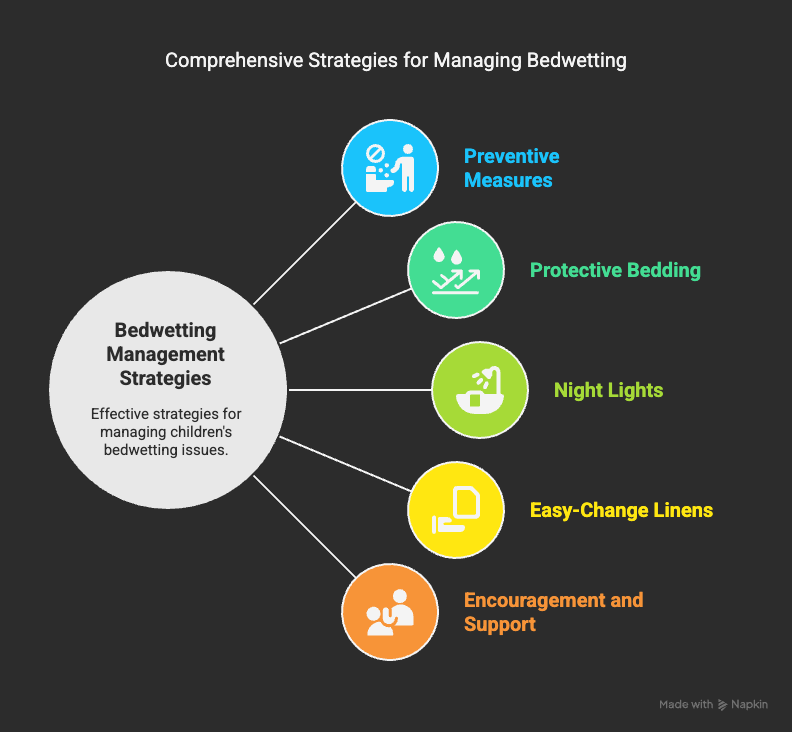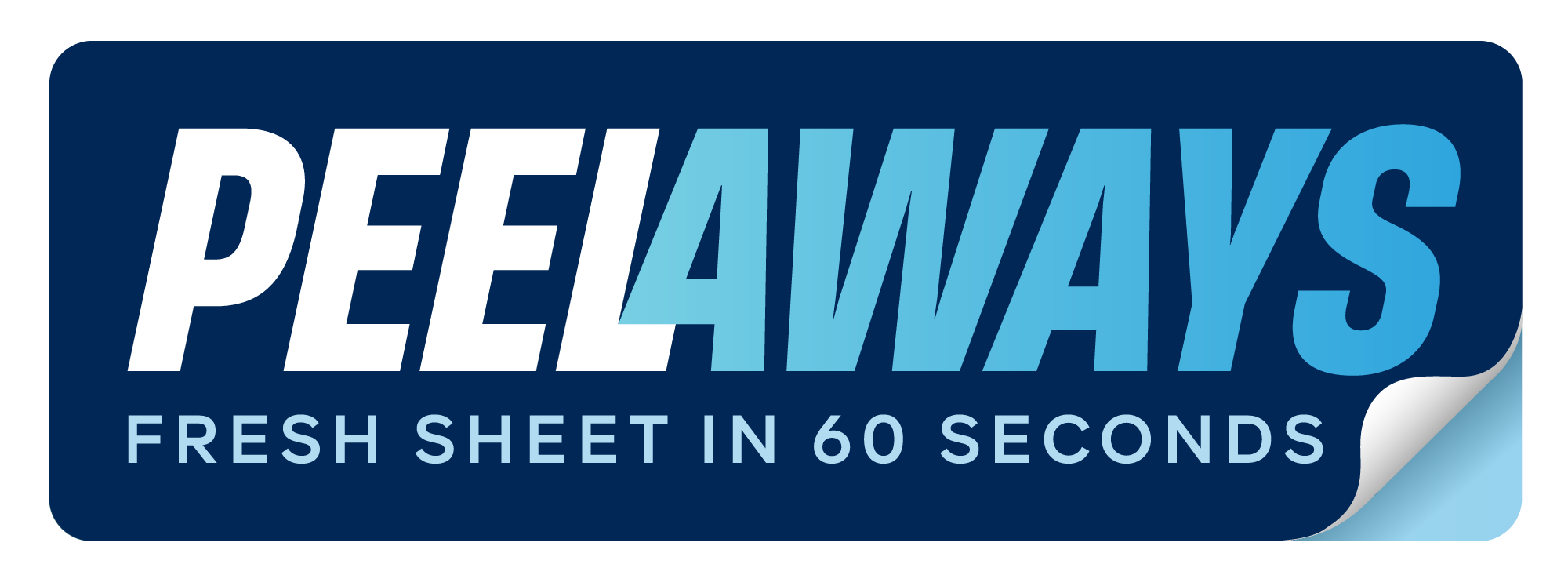Nighttime Comfort: Practical Tips for Managing Potty Training Accidents

Introduction
Nighttime potty training is an inevitable phase in a child’s development that can be as challenging as it is critical. While accidents are a normal part of this learning process, they can disrupt sleep and cause stress for both children and caregivers. This blog offers practical tips to handle these situations with compassion and efficiency, ensuring a smoother transition for everyone involved.
Understanding the Challenges of Nighttime Potty Training
Potty training during the night differs significantly from daytime training. Children may not yet have the physiological development to wake up when they need to use the bathroom, leading to accidents that are no fault of their own. Recognizing this as a normal developmental stage can help caregivers maintain patience and provide the necessary support.
Tips for Managing Nighttime Accidents
-
Preventive Measures: Limit fluid intake close to bedtime and ensure the child uses the bathroom right before going to sleep. This can help reduce the frequency of accidents.
-
Protective Bedding: Use waterproof mattress protectors to preserve the mattress from any leaks. These are easy to clean and help reduce the workload.
-
Night Lights: Keep a night light on in the bathroom and along the path from the child’s room to the bathroom. A well-lit path can make it less intimidating for a child to attempt to go to the bathroom independently at night.
-
Easy-Change Linens: Have a stack of clean sheets and pajamas close at hand to make changes quick and non-disruptive. This organization can significantly cut down on the stress and time involved in middle-of-the-night changes.
-
Encouragement and Support: React positively to all efforts, whether successful or not. Avoid showing frustration or disappointment at accidents. Positive reinforcement can boost a child’s confidence and willingness to try.
Creating a Supportive Environment
-
Routine and Signals: Establish a bedtime routine that includes a bathroom trip at the start and end. Also, teach children to recognize signs that they might need to use the bathroom.
-
Communication: Talk to your child about nighttime dryness in a way that is understandable for their age. Explain that accidents are part of learning and nothing to be ashamed of.
-
Comfort Measures: Ensure the child’s sleepwear and bedding are comfortable and suitable for their needs, which can encourage better sleep and fewer disruptions.
Conclusion
Handling nighttime potty training with understanding and preparedness can transform a potentially stressful experience into a positive developmental phase. By implementing these practical tips, caregivers can help their children gain confidence and achieve nighttime dryness with less anxiety and more comfort. For those especially challenging nights, Peelaways offers a quick and hygienic solution to keep your child comfortable and your nights uninterrupted. Discover more at our website or on Amazon.
Comments
0

SAVE MONEY & WATER
Professionals & Institutions save a fortune on labor/laundry.

SUPERIOR COMFORT
The first thing our customers notice is how soft our sheets are.

100% WATERPROOF
Each layer is 100% Waterproof, perfect for spills and accidents

SAVE TIME
Change the sheet in under 1 minute without stripping the bed.




Leave a comment